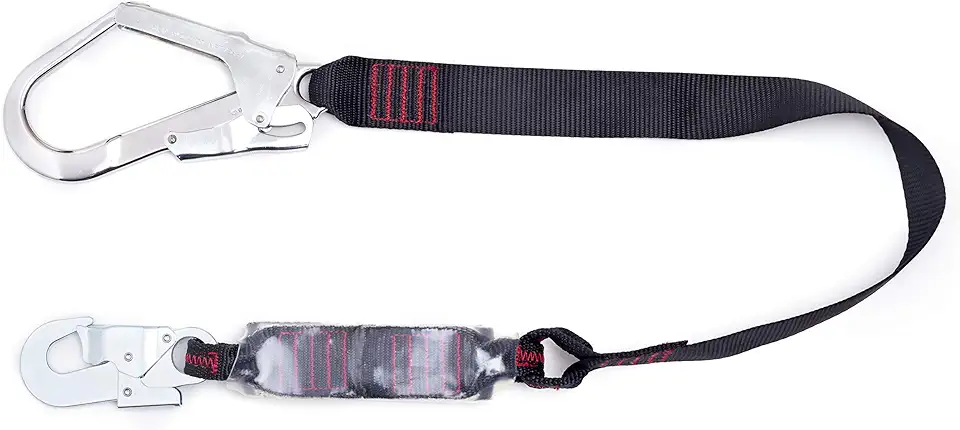
Mechanical Drawing for Workshops - Fortunato Pasqualini
Mechanical Drawing for Workshops: A Comprehensive Guide to Engineering Design
Introduction
In the world of engineering, precision and accuracy are paramount. Mechanical drawing, the art of creating detailed technical drawings, plays a crucial role in ensuring that designs are communicated effectively and precisely. "Mechanical Drawing for Workshops" by Fortunato Pasqualini is a comprehensive guide that provides a thorough understanding of the principles and techniques of mechanical drawing. This book is an invaluable resource for engineers, designers, and anyone involved in the field of mechanical engineering.
Key Features
1. Comprehensive Coverage:
"Mechanical Drawing for Workshops" covers a wide range of topics, from basic concepts to advanced techniques. It begins with an introduction to the fundamentals of mechanical drawing, including the use of drawing instruments, line conventions, and geometric constructions. The book then delves into more complex topics such as orthographic projection, sectional views, dimensioning, and tolerancing.
2. Step-by-Step Tutorials:
One of the strengths of this book is its clear and concise explanations. Each concept is presented in a step-by-step manner, with numerous illustrations and examples to aid understanding. The author provides detailed instructions on how to create accurate and professional-looking drawings, making it an ideal resource for both beginners and experienced draftsmen.
3. Real-World Applications:
To reinforce the learning experience, "Mechanical Drawing for Workshops" includes numerous real-world examples and applications. These examples cover a variety of industries, including manufacturing, construction, and automotive engineering. By studying these examples, readers gain a deeper understanding of how mechanical drawing is used in practice and how it contributes to the success of engineering projects.
4. Practice Exercises:
To help readers solidify their understanding of the material, the book includes a wealth of practice exercises. These exercises range from simple to complex, allowing readers to test their skills and identify areas where they need further improvement. The solutions to these exercises are provided at the end of the book, enabling readers to assess their progress and track their improvement.
5. High-Quality Illustrations:
The book is filled with high-quality illustrations that complement the text and enhance the learning experience. These illustrations clearly depict the concepts and techniques being discussed, making it easier for readers to visualize and understand the material.
Benefits of Reading "Mechanical Drawing for Workshops"
1. Develop Essential Skills:
By studying this book, readers will develop essential skills in mechanical drawing, which are highly sought after in the engineering industry. These skills include the ability to create accurate and detailed technical drawings, interpret engineering drawings, and communicate design ideas effectively.
2. Enhance Employability:
Proficiency in mechanical drawing is a valuable asset for engineers and designers. By mastering the techniques presented in this book, readers can significantly enhance their employability and career prospects in the field of engineering.
3. Improve Communication:
Mechanical drawing serves as a universal language for engineers and designers. By learning the principles of mechanical drawing, readers can communicate their design ideas clearly and effectively with colleagues, clients, and manufacturers.
4. Boost Problem-Solving Skills:
Mechanical drawing requires a systematic and analytical approach to problem-solving. By working through the exercises and examples in this book, readers will develop their problem-solving skills and learn how to approach engineering challenges with precision and accuracy.
Conclusion
"Mechanical Drawing for Workshops" by Fortunato Pasqualini is an indispensable resource for anyone interested in learning or improving their mechanical drawing skills. Its comprehensive coverage, clear explanations, real-world examples, and practice exercises make it an ideal choice for engineers, designers, and students alike. By mastering the techniques presented in this book, readers can unlock their full potential in the field of engineering and achieve their professional goals.